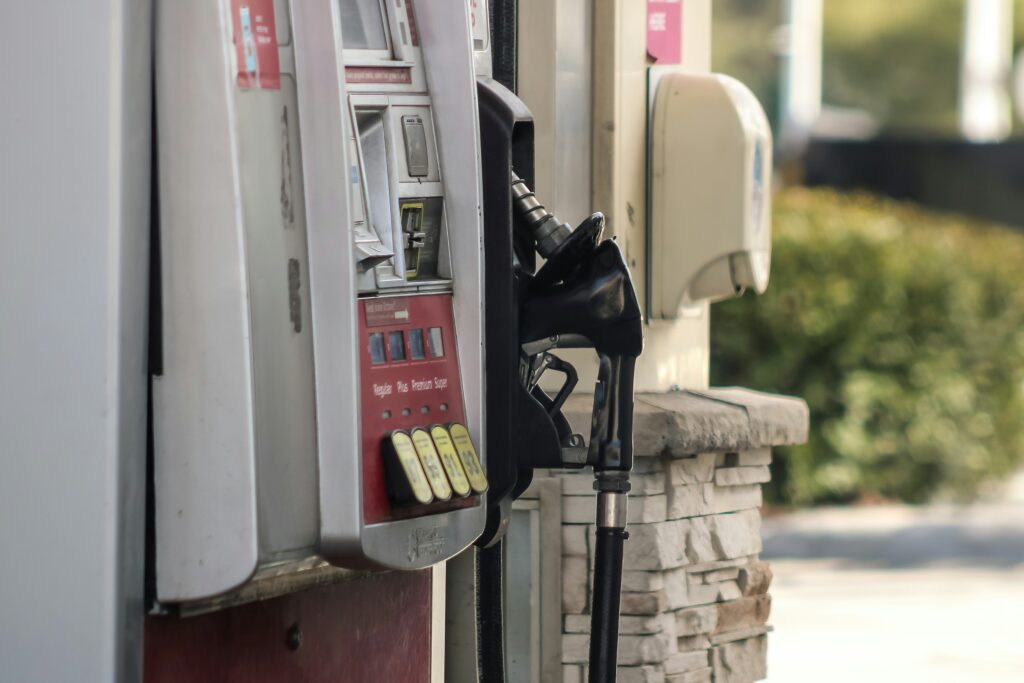Natural gas prices in Europe have risen 30% in just one month. This increase comes as storage levels fall, cold weather hits, and supply remains uncertain. These factors are raising concerns about Europe’s ability to meet energy needs.
Why Are Gas Reserves Falling?
Gas futures in Europe have reached their highest level in two years. The price hit €59 per MWh on the Dutch Title Transfer Facility (TTF) this week. The cold weather and low renewable energy output are the main reasons for this. As the temperature drops, people use more gas for heating. At the same time, wind and solar energy have been low, increasing the need for gas.
Gas storage levels across the EU are at their lowest point since 2022. Currently, reserves are at just 48.48%. Some countries are in worse shape than others. France’s reserves are down to 29.85%. The UK and Ukraine also have very low storage levels.
However, some countries are better off. Portugal has full reserves at 100%, Sweden holds 88%, and Spain has 69%. These figures show that gas stocks are not evenly spread across Europe. This leaves some countries more vulnerable to price hikes and supply shortages.
The Price of Stockpiling Gas
Gas suppliers usually refill storage in the spring and summer, when demand is lower and prices are cheaper. However, with prices high, this process is much more expensive. Goldman Sachs has warned that prices must stay above €50 per MWh to attract enough LNG (liquefied natural gas) imports. These imports are needed for the winter of 2025.
If gas demand in Asia rises or Europe faces a harsh winter, prices could jump even higher. Some experts say gas could reach €84 per MWh, 68% above current forecasts.
Germany’s Plan to Subsidize Gas Stockpiling
Germany is considering offering subsidies to help gas suppliers build up stocks before next winter. The government is looking at ways to support suppliers who are struggling with the high costs of refilling gas reserves. In addition, the European Commission is urging EU countries to extend storage requirements. These mandates would ensure that each country has enough gas to meet its needs.
The Role of Russian Gas
A big unknown in the European gas market is Russian gas. Since Russia’s invasion of Ukraine, European gas supplies have been unpredictable. If Russia and Ukraine reach a peace deal, gas prices could drop by as much as 56%. But if restrictions on Russian gas continue, prices may remain high.
For now, Europe’s energy market will depend on three key factors: weather, LNG supply, and government policies. If the weather stays cold, demand will remain high. This could deplete reserves even faster. Similarly, the supply of LNG will be crucial to refilling gas stocks before next winter.
What’s Next for Europe’s Gas Market?
The future of Europe’s gas market is uncertain. Many countries are taking steps to secure enough gas supplies before next winter. But it will depend on how the weather changes, whether enough LNG can be imported, and how governments respond.
For more updates on this developing story, visit Euro News 24.
